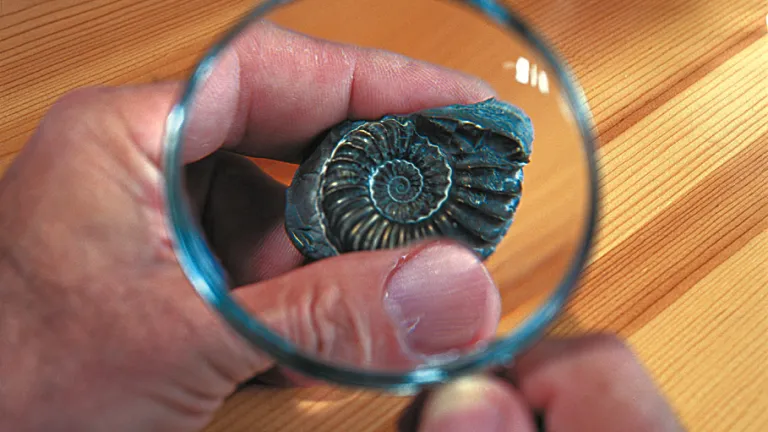God, Science and the Bible: "Missing link" discovered?
Proponents of evolution have proclaimed a fossil discovery announced in April (originally found in 2004) as the long-sought "missing link" between water-and land-dwelling creatures.
Proponents of evolution have proclaimed a fossil discovery announced in April (originally found in 2004) as the long-sought "missing link" between water-and land-dwelling creatures. The new species, remains of which were found on Ellesmere Island in the Canadian Arctic and are claimed to date to 375 million years ago, has been named tiktaalik.
"'It shows you that one of the great gaps, one of the basic steps in evolutionary past, is from water to land,' said University of Chicago biologist Neil Shubin, coleader of the discovery team. 'It shows in exceptional detail what features evolved and changed at that time period'" (Christianity Today, June 2006).
The New York Times, in an April 6 front-page story headlined "Fossil May Link Fish, Land Animal," hailed the supposed missing link for its characteristics that "anticipate the emergence of land animals," thus making it "a predecessor of amphibians, reptiles and dinosaurs."
Note the use of such phrases as "May Link" and "anticipate the emergence." It's important to keep in mind that facts in a situation like this are in short supply, and evolutionists (and Bible believers) interpret such findings according to their beliefs. Because evolutionists so desperately want to find "missing links" in the fossil record, they often jump to unwarranted conclusions.
The Coelacanth species of fish is a case in point. Paleontologists had long been aware of coelacanth fossils from Devonian-period strata supposedly 359 to 416 million years old (interestingly, the same period to which the tiktaalik "missing link" is dated) and thought it to be extinct for the last 65 million years.
Because of its bony fins, coelacanth was itself thought to be a "missing link," with the bony fins thought to enable it to "walk" on the muddy bottom of bodies of water. At least that was the common assumption until, much to paleontologists' surprise, a live specimen of the supposedly extinct fish was netted by a fishing boat off the coast of South Africa in 1938!
Further research turned up dozens of coelacanths off the coasts of several countries. Films made of coelacanths swimming showed that their peculiar lobed fins were used for maneuvering underwater and not for walking.
While detailed studies of tiktaalik need to be made (and released for critical analysis), an initial look at the bony structures of this supposed missing link show similarities to coelacanth and other fish—bones that are not designed for weight-bearing legs.
When all is said and done, this fossil discovery merely represents a new fish genus and species. As for the bony fins, "We already know some fish use their fins to prop themselves out of the water," said Casey Luskin of the Discovery Institute, a Seattle, Washington-based educational foundation that promotes intelligent design. "Catfish do that, but they are clearly not evolving into land animals." GN







